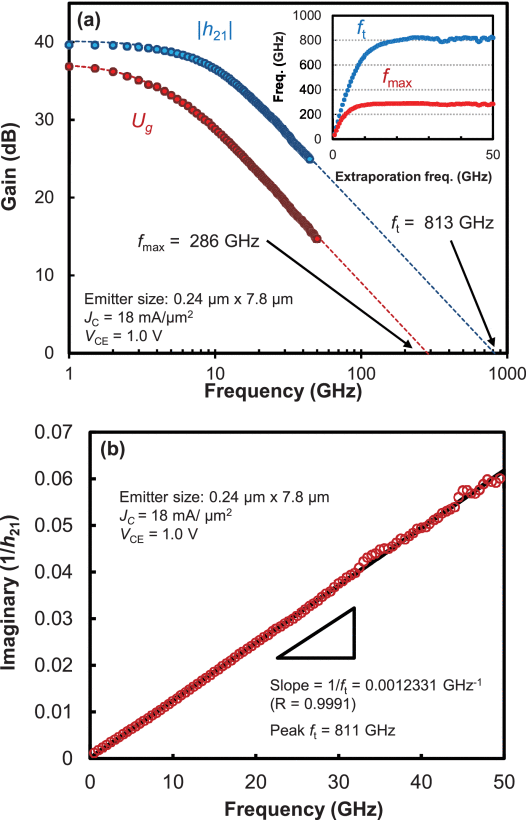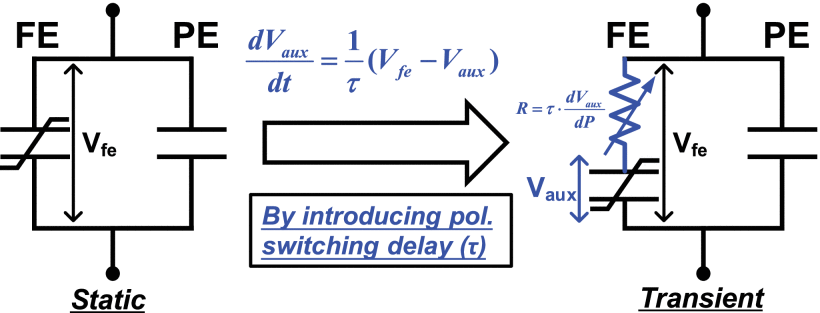J. R. Nicholls and S. Dimitrijev
Queensland Micro- and Nanotechnology Centre
School of Engineering and Built Environment
Griffith University, Brisbane, QLD 4111, Australia
A Compact Model for SiC Schottky Barrier Diodes Based on the Fundamental Current Mechanisms
IEEE Journal of the Electron Devices Society
doi: 10.1109/JEDS.2020.2991121.
Abstract - We develop a complete compact model to describe the forward current, reverse current, and capacitance of SiC Schottky barrier diodes. The model is based on the fundamental current mechanisms of thermionic emission and tunneling, and is usable over a large range of voltages, temperatures, and for a large range of device parameters. We also demonstrate good agreement with measured data. Furthermore, the development of this model outlines a methodology for transforming a tunneling equation into a compact form without numerical integration-this methodology can potentially be applied to other device structures.
Acknowledgement - This work was performed at the Queensland Microtechnology Facility (Griffith University), part of the Queensland node of the Australian National Fabrication Facility (ANFF), a company established under the National Collaboration Research Infrastructure Strategy to provide nanofabrication and microfabrication facilities to Australia’s researchers.
URL: https://ieeexplore.ieee.org/stamp/stamp.jsp?tp=&arnumber=9081977&isnumber=6423298






